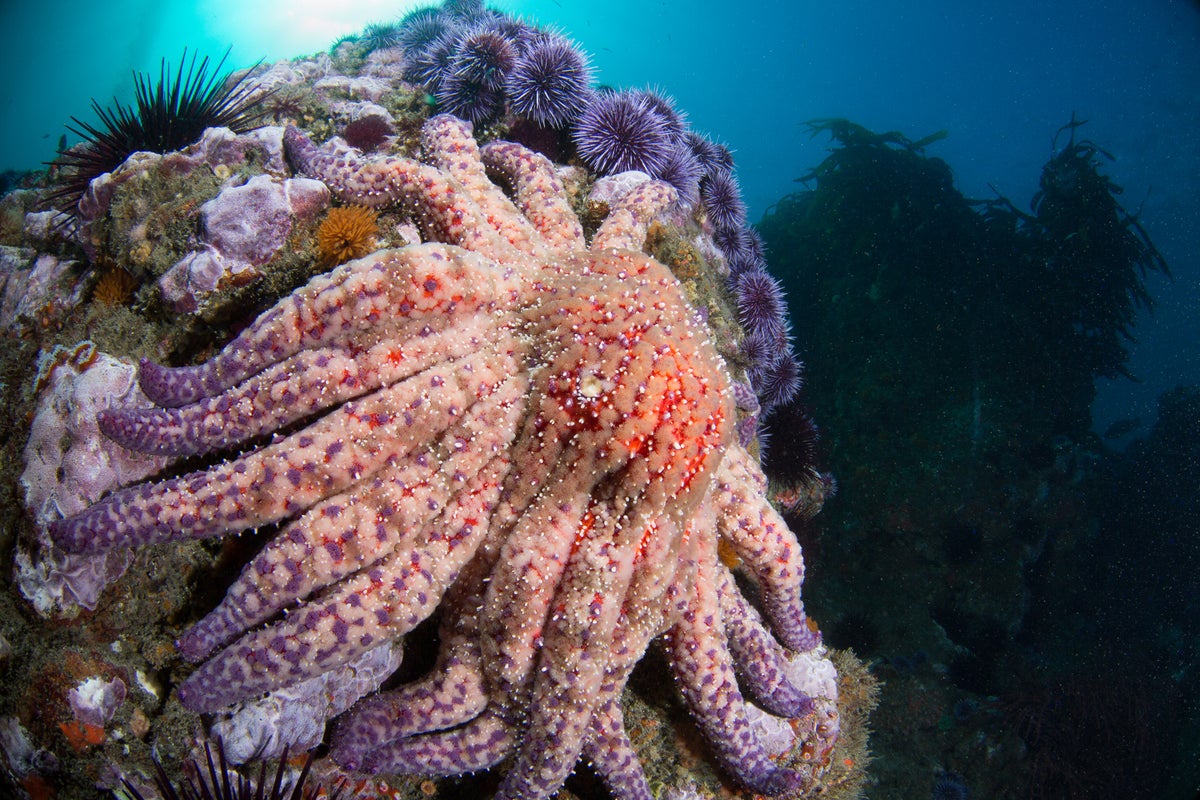
"The strange illness is known as sea star wasting disease, and it causes starfish to disintegrate to death. It is the largest marine epidemic among noncommercial species that has ever been documented."
"Researchers are unsure of where this bacterium came from and why it broke out. But there is evidence that warmer ocean temperatures are linked to bigger outbreaks."
"When the sunflower sea stars lost about 90 percent of their population, there were huge increases in sea urchins off the coast of California. The spiny creatures are massive grazers of kelp forests, which are crucial members of marine ecosystems."
"Underwater kelp forests store carbon and are homes for thousands of species. But once sea urchin populations boomed, there was a widespread loss of kelp forest."
A bacterium named Vibrio pectenicida has been identified as the cause of sea star wasting disease, resulting in the deaths of billions of sea stars over the past decade. This epidemic, affecting over 20 sea star species along North America's Pacific Coast, has rendered the sunflower sea star critically endangered. Research indicates a potential link between warmer ocean temperatures and increased disease outbreaks. The decline of sunflower sea stars has led to a surge in sea urchin populations, significantly damaging kelp forests that are essential to marine ecosystems.
Read at www.scientificamerican.com
Unable to calculate read time
Collection
[
|
...
]